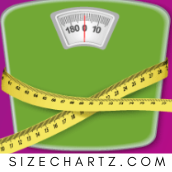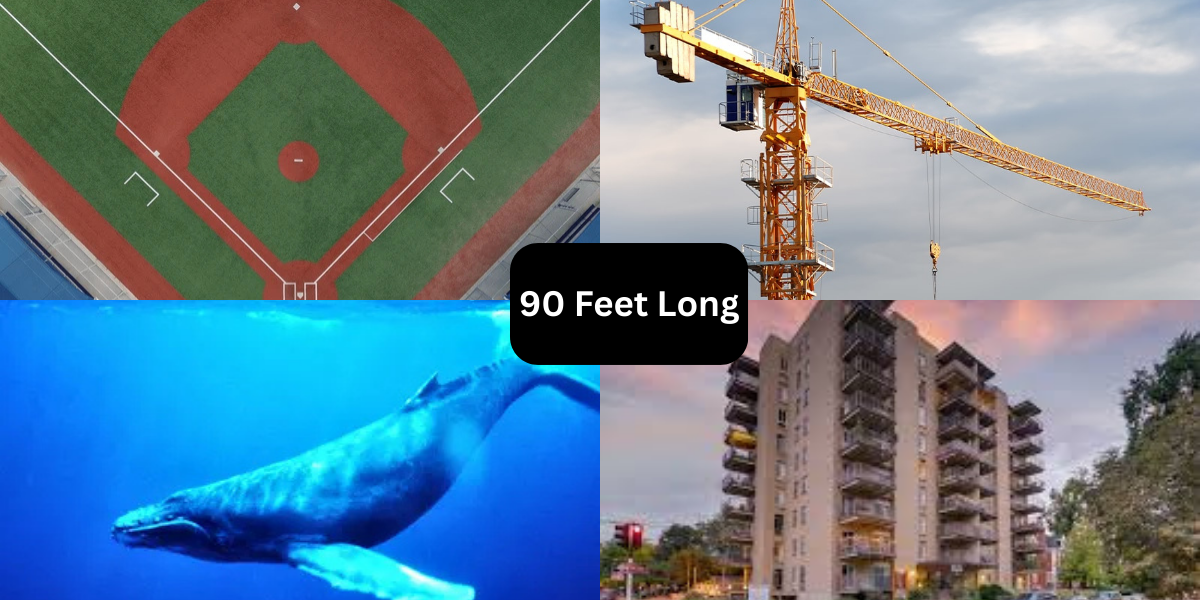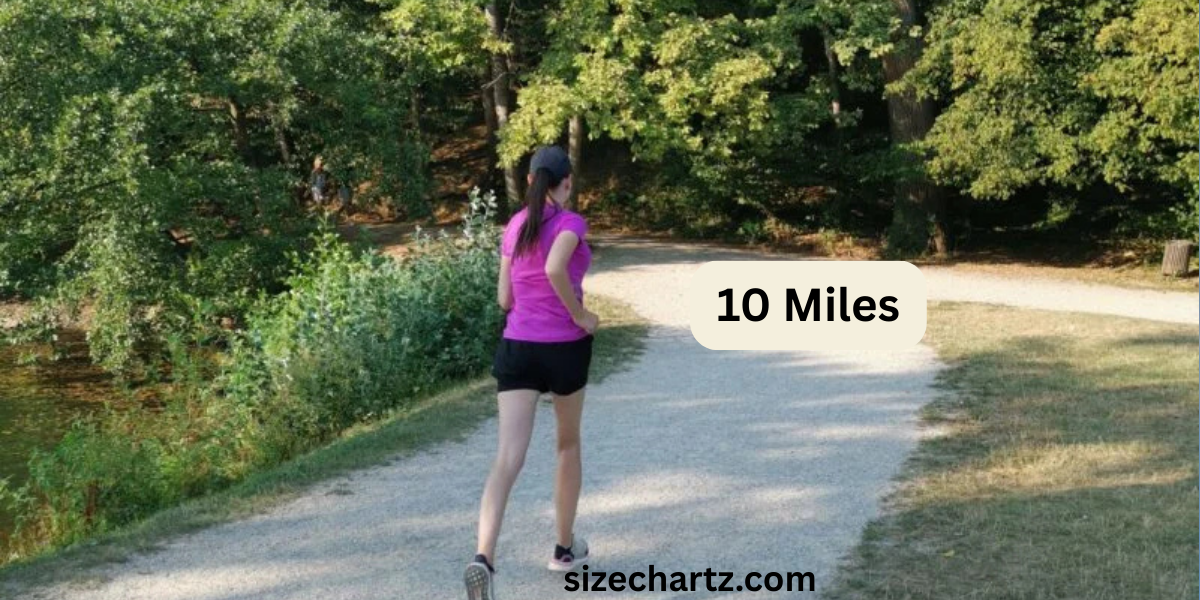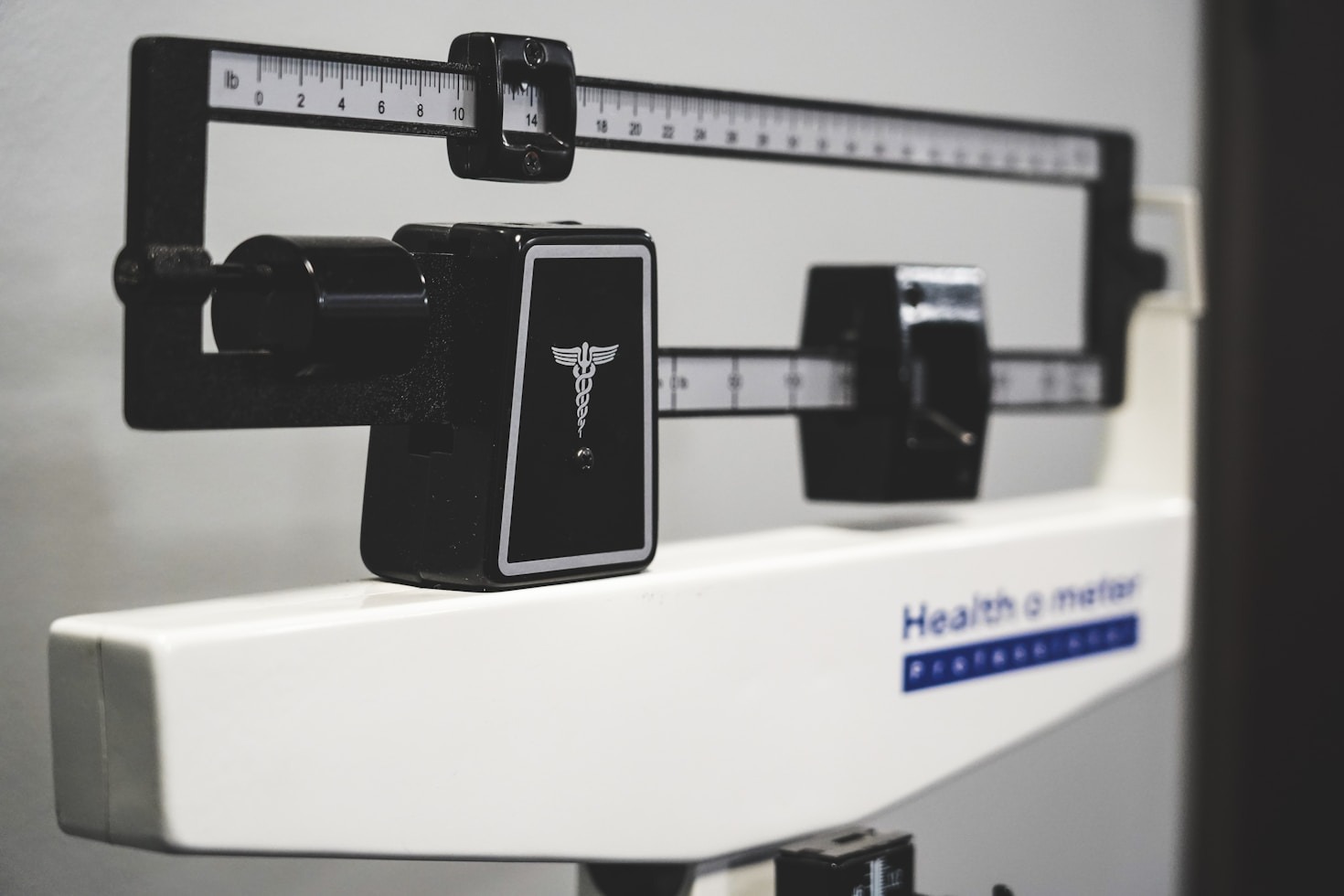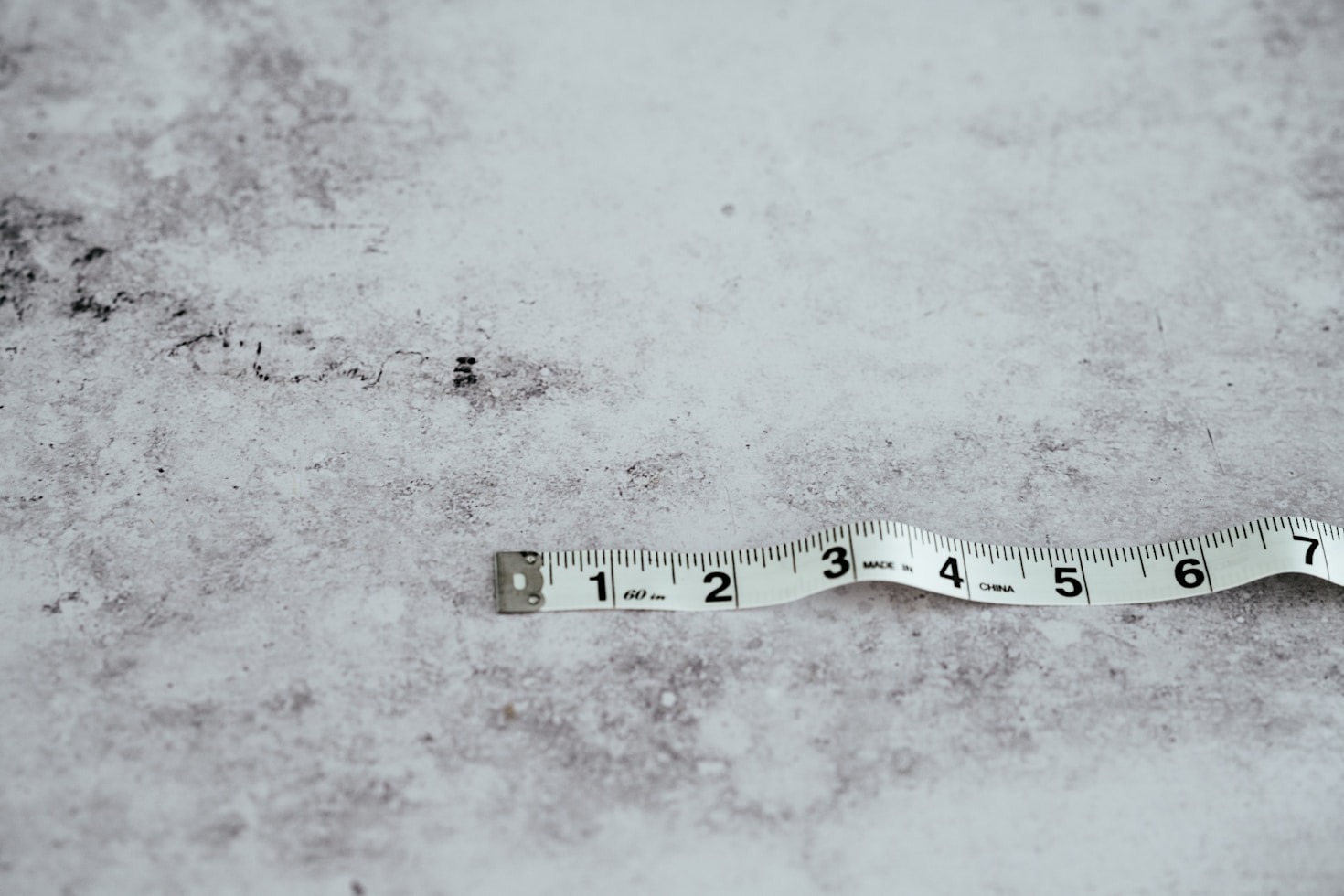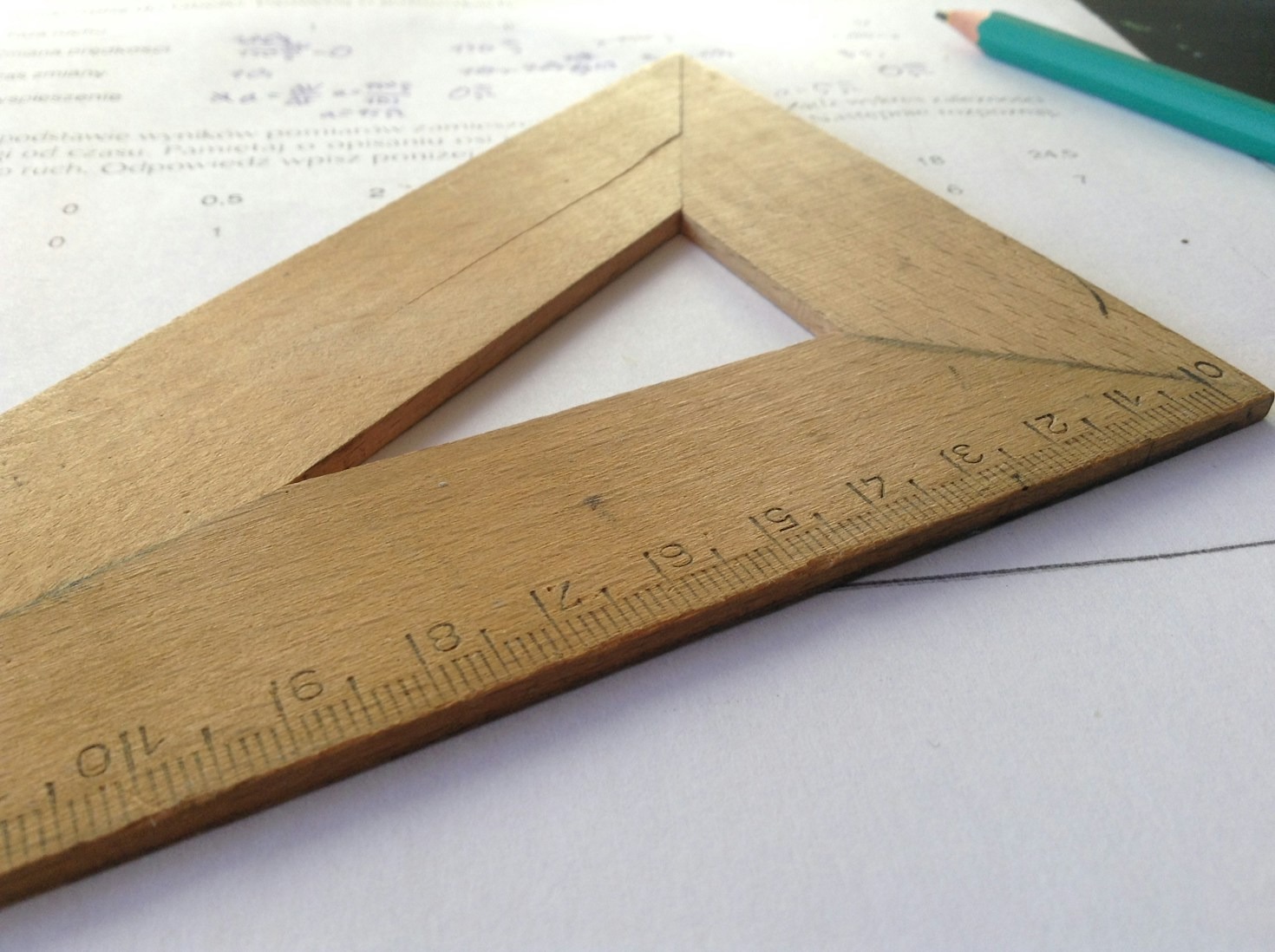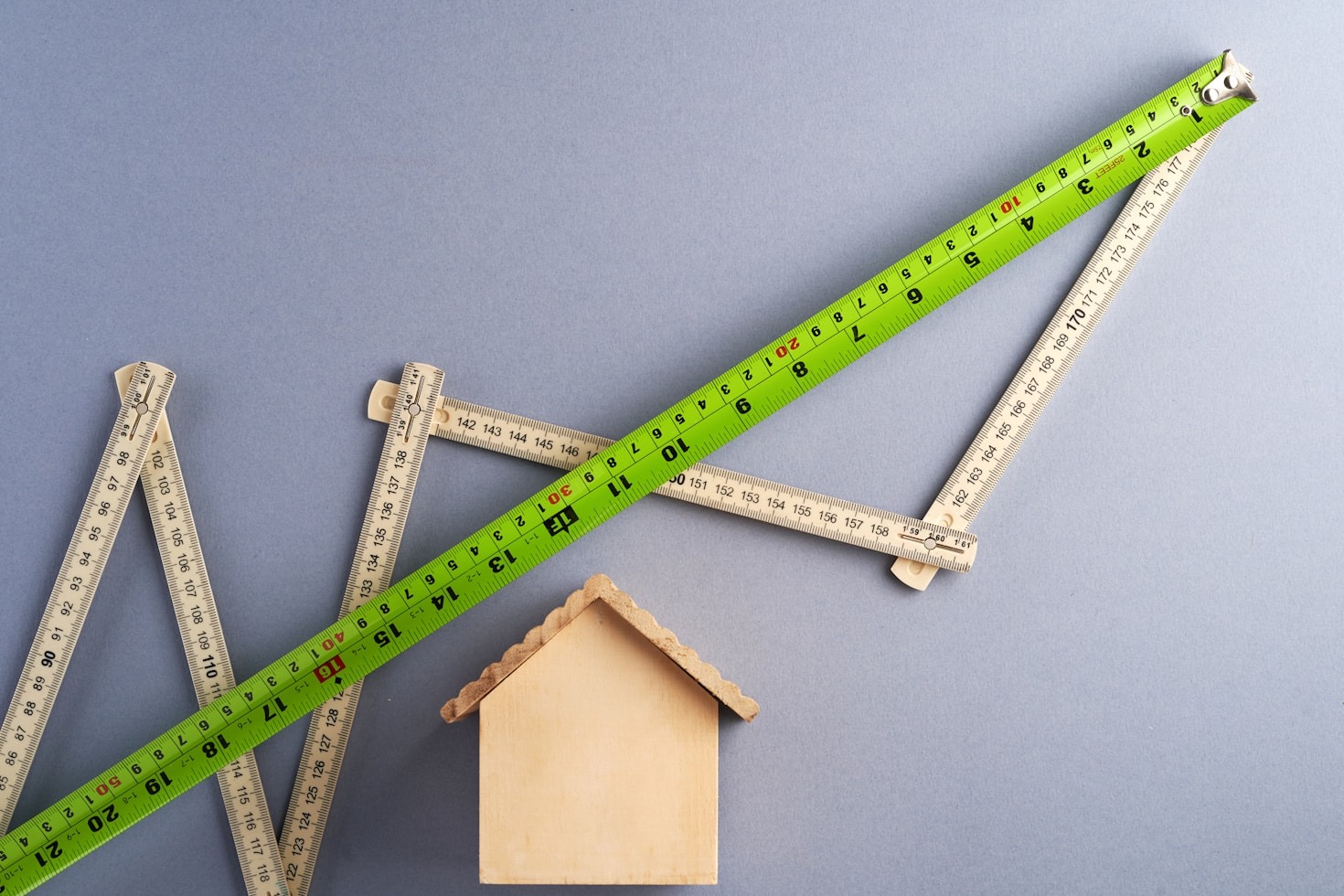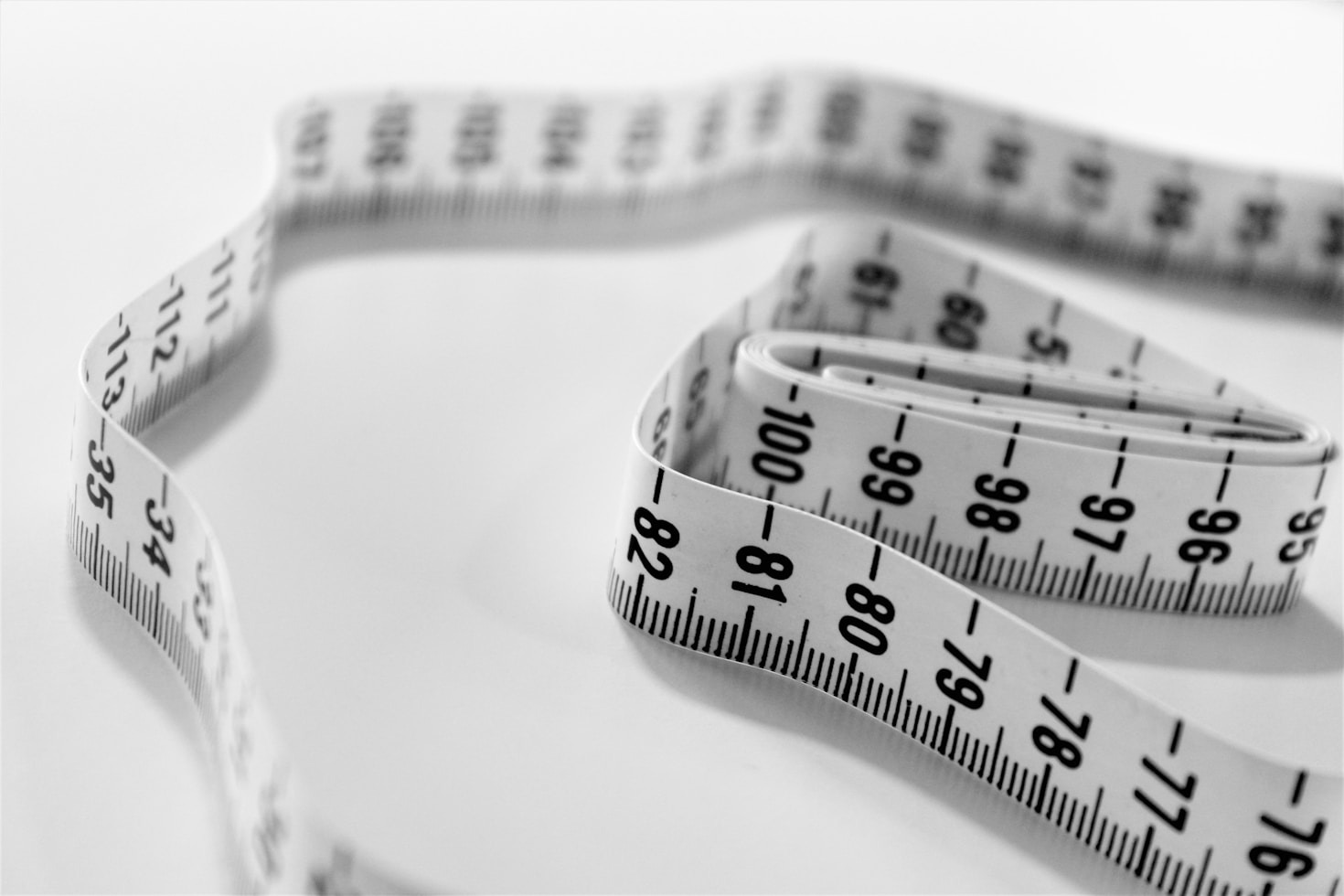Have you ever grabbed a bag of chips from the store, only to get home and realize it was mostly air? Or maybe you’ve wondered why some “family-size” bags barely last through one movie night. You’re not alone. Chip bag size is one of those everyday mysteries that almost everyone has an opinion about, yet few people really understand.
Chip manufacturers use different bag sizes to appeal to different needs—quick snacks, school lunches, parties, or sharing on road trips. But beyond simple convenience, chip bag dimensions and weights play into marketing, portion control, freshness, and even sustainability.
In this guide, we’ll dig deep into everything you need to know about chip bag sizes. You’ll learn how to decode what’s really inside, why sizes vary, what to watch out for, and how to pick the perfect option for your lifestyle or event. By the end, you’ll never look at a chip bag the same way again.
What Do We Mean by “Chip Bag Size”?
When people talk about chip bag size, they’re usually referring to two different things:
- Physical dimensions of the bag (height, width, and thickness when full)
- Net weight of the contents inside (ounces or grams of chips, as printed on the packaging)
For example, a “regular-size” bag of Lay’s might hold about 8 ounces of chips, but the bag itself will look much bigger because of the air cushion inside. That’s why understanding chip bag size means looking at both the bag and the actual chip weight.
Why Are Chip Bags So Big Compared to the Chips Inside?
One of the biggest frustrations people have is the “half-empty bag.” This isn’t always a marketing trick—it’s actually a packaging necessity.
- Nitrogen fill: Chip bags are filled with nitrogen gas to keep chips fresh, crisp, and safe from breaking. Without this, your chips would be stale or crushed before you opened the bag.
- Protection during transport: Extra air space helps cushion chips during shipping and stocking.
- Visual impact: A larger bag on the shelf looks more appealing and signals “value” to the customer, even if the contents are modest.
So while it may feel like you’re getting cheated, that extra space is partly functional. The trick is learning to judge by weight, not by how puffy the bag looks.
Common Chip Bag Sizes and Their Uses
Chip bags generally fall into a few standard categories. Here’s a breakdown:
1. Single-Serve Bags (0.75–2 ounces / 20–55 grams)
- Dimensions: Roughly 6–8 inches tall, slim width
- Best for: Lunchboxes, snacks on the go, vending machines
- Pros: Easy portion control, convenient
- Cons: Higher cost per ounce compared to larger bags
2. Medium Bags (5–8 ounces / 140–230 grams)
- Dimensions: Around 10–12 inches tall
- Best for: One or two people sharing, road trips, casual snacking
- Pros: Balanced between cost and convenience
- Cons: Easy to overeat if you’re not paying attention
3. Family-Size Bags (10–13 ounces / 280–370 grams)
- Dimensions: Often 12–14 inches tall and quite wide
- Best for: Families, parties, game nights
- Pros: Lower cost per ounce, plenty to share
- Cons: Easy to go stale if not sealed properly
4. Party-Size or Value Bags (14–18 ounces+ / 400–510 grams)
- Dimensions: Very large, up to 16 inches tall or more
- Best for: Large gatherings, BBQs, office events
- Pros: Maximum chips at best price per ounce
- Cons: Not travel-friendly, bulky to store, goes stale fast if not consumed quickly
The Role of Packaging in Chip Bag Size
Beyond holding chips, the bag itself plays a huge role in marketing and user experience.
- Resealable options: Some premium brands now offer resealable zippers for freshness.
- Eco-friendly packaging: Companies are experimenting with compostable or recyclable materials.
- Design and branding: Bag size, colors, and graphics are all chosen to stand out on shelves.
Interestingly, two different brands might sell the same net weight of chips in very different bag dimensions. That’s where confusion sets in—one looks bigger, but the other actually contains the same amount of food.
Chip Bag Size vs. Portion Size
Here’s where many people get tripped up. A bag labeled “Family Size” doesn’t necessarily mean it’s appropriate for one family sitting. It’s just a marketing label.
Check the nutrition facts panel:
- A single-serving bag might contain 1–2 servings.
- A medium bag often has 5–7 servings.
- A family-size bag can have 10–15 servings.
This is why portion control is key. If you’re watching calories or salt intake, it’s smarter to portion chips into a bowl instead of eating directly from the bag.
Real-Life Examples: Comparing Brands and Sizes
Let’s look at some popular brands to see how chip bag sizes stack up.
Lay’s Classic Potato Chips:
- Small: 1 oz (28g)
- Medium: 7.75 oz (219g)
- Family: 13 oz (368g)
Doritos Nacho Cheese:
- Small: 1 oz (28g)
- Medium: 9.25 oz (262g)
- Party: 15 oz (425g)
Pringles (tube packaging, not bag):
- Standard: 5.5 oz (158g)
- Grab-and-go mini: 2.5 oz (71g)
Notice how serving counts vary, even when bags look similar. This makes it critical to check the printed weight instead of relying on appearance.
Mistakes to Avoid When Choosing a Chip Bag
- Judging by size only: Always check the net weight in ounces or grams.
- Ignoring serving sizes: A “medium” bag can easily contain five servings or more.
- Not sealing the bag properly: Chips go stale quickly if left open. Use clips or resealable containers.
- Buying too much for small groups: Large bags are cost-effective but wasteful if you can’t finish them.
- Falling for marketing labels: Terms like “family size” or “party size” aren’t standardized.
How to Choose the Right Chip Bag Size for Your Needs
Think about:
- Who will be eating them? One person, a couple, or a group?
- Where will they be eaten? At home, in a lunchbox, during a road trip?
- How long do you need them to last? Will they be finished in one sitting or stretched across the week?
- Storage: Do you have airtight containers or clips to keep them fresh?
A good rule of thumb:
- Single-serve for individual snacks
- Medium for sharing between two people
- Family-size for households
- Party-size for gatherings
Industry Trends in Chip Bag Sizing
The chip industry is constantly evolving in response to consumer demand:
- Smaller portions for health-conscious buyers: More mini-bags and 100-calorie packs are appearing.
- Bulk buying: Warehouse clubs sell extra-large bags or multipacks for cost savings.
- Sustainability: Pressure is growing for eco-friendly, recyclable packaging.
- Premium packaging: Resealable and stand-up bags are becoming more common in upscale brands.
These trends show that bag size isn’t just about chips—it’s about convenience, lifestyle, and even environmental values.
FAQs About Chip Bag Size
Why do chip bags have so much air in them?
The air is actually nitrogen, which keeps chips fresh and prevents breakage during shipping.
Is a “family-size” chip bag really enough for a family?
Not necessarily. It usually contains 10–15 servings, but actual consumption depends on the size and appetite of your family.
How many chips are in a bag?
It varies by brand and type, but a 1-ounce bag typically contains about 15–20 chips.
Why do different brands use different bag sizes for the same weight?
It’s largely marketing and packaging design. Some brands make bags look bigger to signal more value.
What’s the best way to keep chips fresh after opening?
Use a clip to seal the bag tightly or transfer chips to an airtight container.
Are bigger bags more cost-effective?
Yes, generally larger bags cost less per ounce, but only if you actually eat them before they go stale.
Do chip bag sizes vary internationally?
Yes. For example, in Europe you’ll often find smaller standard bag sizes compared to the U.S.
Conclusion
Next time you’re standing in the snack aisle, don’t let bag size trick you. Remember: the puffiness of the bag doesn’t equal more chips—it’s the printed weight that counts. By knowing the standard sizes, common pitfalls, and what works best for different situations, you can buy chips that actually meet your needs.
Whether you’re planning a party, packing lunches, or just grabbing a quick snack, the right chip bag size makes all the difference. With this guide, you’ll shop smarter, waste less, and enjoy fresher, crunchier chips every time.
